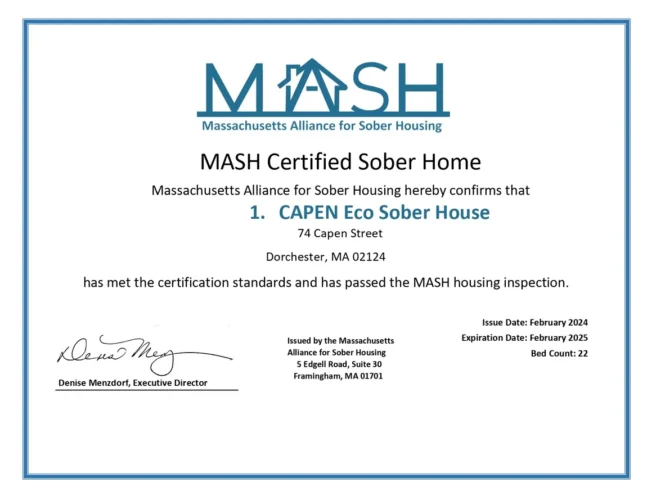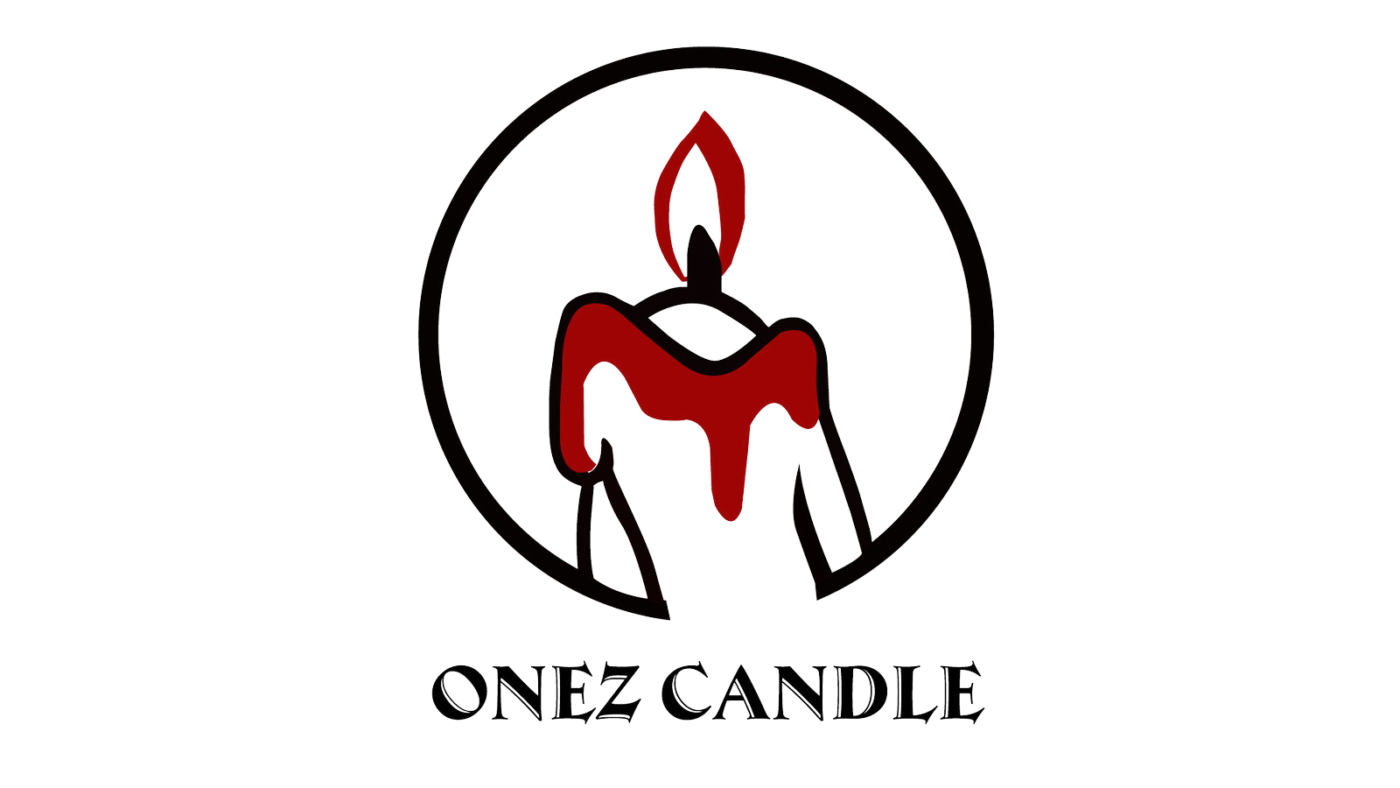Sober living
Guide to Sober Living Homes

At its core, it is a drug and alcohol-free living space that provides a structured and accountable environment for individuals in recovery. A sober living house (SLH) is a residence for people https://ecosoberhouse.com/ recovering from substance use disorder. Sober living homes are meant to be safe, supportive environments that emphasize the importance of building a community and camaraderie with others.

Creating a Safe and Supportive Environment
A sober living house provides individuals recovering from substance use disorder with a safe place to live before they’re ready to return to their former lives. There are thousands of sober living homes in the U.S., according to the National Association of Recovery Residences (NARR). However, sober living homes differ depending on the residents they accept and the rules they maintain.
Sober Living Homes

However, if residents are willing to remain sober, follow all house rules, and guarantee medical stability, they should feel free to apply. Once you’ve established your footing in a sober living home, transitioning to the outside world becomes the next crucial step. This phase is about applying the skills you’ve honed and the habits you’ve developed into daily life beyond the structured environment of the home. Understanding the benefits and structure of sober living homes can be a key factor in determining if this type of environment is suitable for your journey to long-term sobriety. With the right mindset and support, transitioning through a sober living home can be a productive and positive experience.
Networking and Support Systems
Understanding that these challenges are a normal part of the recovery journey and can be overcome with the right mindset and support is essential. Are designed to promote accountability, responsibility, and personal growth. They typically have rules and guidelines that residents must follow, such as mandatory attendance at house meetings, participation in household chores, and a curfew. Regular drug testing and a zero-tolerance policy for substance use help maintain a drug-free environment. In some cases, your health insurance can help cover the cost of your stay in a sober living home as a necessary addiction recovery service. Financial assistance programs, including grants, scholarships, and public funding, are also available for people recovering from addiction.
- Suppose you’ve recently relapsed and found that the stress of being in environments around alcohol and drugs or a lack of structure is particularly triggering.
- Sober living facilities are often thought of as a sober person’s pipeline to life in mainstream society.
- In the 1950’s, “Halfway houses” (often funded by the government) were founded due to concerns about sustaining personal recovery after treatment.
- Ultimately, can provide a space where you can focus on your recovery and build a foundation for long-term sobriety.
- Many houses also provide access to external support groups and organizations such as 12-step programs, vocational training, and educational resources.
- Regular drug testing and the community’s encouragement provide extra layers of accountability, further protecting your sobriety.
Rockland Recovery Homes is certified by New York State as a not-for-profit organization with 501(C)3 status. We will open recovery homes in Rockland County to provide a safe, relaxing, enjoyable place to live, for people working at recovery from a SUD. A place they will be proud to call their home, enjoy taking care of and being responsible for. Avenues NYC offers a wide variety of supportive options to residential and offsite clients to foster growth.

Join our supportive sober community where each day becomes a step towards personal growth and lasting positive change. These responsibilities not only promote discipline but also rebuild your confidence and self-esteem as you take tangible steps towards rebuilding your life. Moreover, the structured environment helps to gradually reintroduce you to the challenges and stressors of daily life, but in a way that doesn’t overwhelm you. Some homes require signing out when leaving the home and signing in when returning.
The NARR created standardized language and definitions that are used to identify the different types of sober living homes based on the level of services and structure that they provide. The NARR refers to all such homes as “recovery residences,” which is the nomenclature we will use throughout this guide. The NARR functions by certifying regional networks (referred to as “affiliates”) which then certify individual residences. Living near others who are also in recovery can sometimes lead to disagreements. But, at the same time, living in a sober living house also presents the opportunity to learn conflict resolution skills and to practice effective communication in a supportive environment.
Furthermore, it is important to ensure that the house aligns with your unique needs and preferences. For instance, some residences may cater to specific populations, such as women or individuals with co-occurring mental health disorders. By finding a house that meets your individual requirements and values, you may increase your chances of achieving sustained recovery. Remember, the cost of living house should not be a barrier to getting the support you need.
- Facilities that run in the high double or even triple digits often have services such as professional cooks, personal life trainers, and fitness courses.
- Your health and wellness is unique to you, and the products and services we review may not be right for your circumstances.
- Join our supportive sober community where each day becomes a step towards personal growth and lasting positive change.
- Dr. Kennedy also suggests touring the home and asking to speak with current residents or alumni.
Sober Living Homes and Halfway Houses Near Me

People who have gotten sober and want to stay that way should consider moving into a halfway house or other group home dedicated to sober living. Living in this type of home can aid sobriety and make it more likely that recovering addicts will remain in recovery for the long term. Completing a sober living house stay is an important milestone in your recovery journey.
Reduced Risk of Relapse
Remember, the road to recovery is paved with challenges, but in a sober living home, you’re never walking it alone. Whether it’s finding your footing in the world again or building a network of support, these homes what is a sober living house are there to guide and support you every step of the way. So if you’re ready to take that brave step toward sobriety, know that sober living homes are ready to welcome you with open arms and a path forward.
